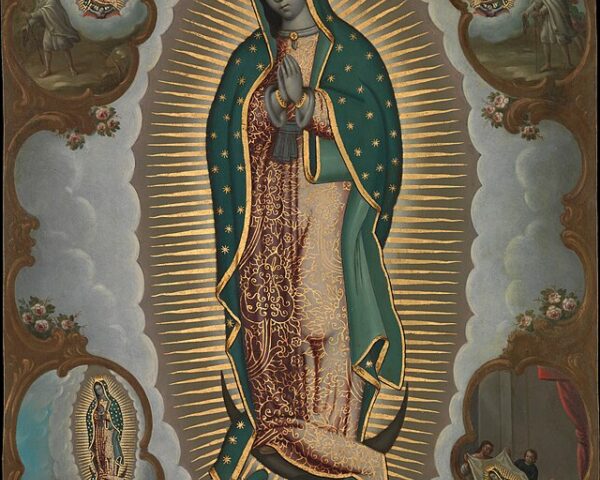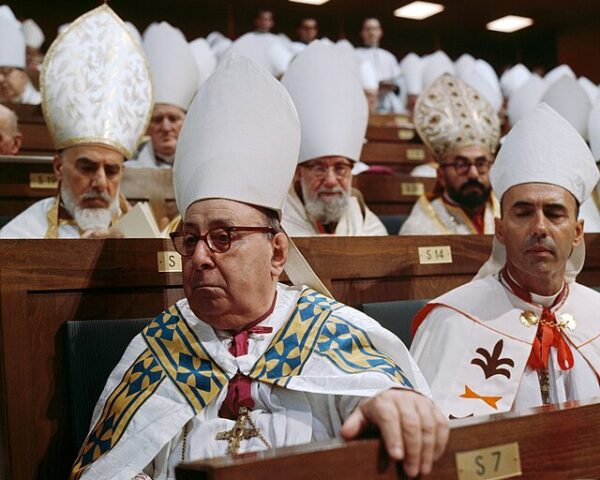On November 1, 1512, All Saints Day, one of the most iconic pieces of Christian artwork was opened, and like it does today, it took people’s breath away.
The History Channel writes, “Michelangelo Buonarroti, the greatest of the Italian Renaissance artists, was born in the small village of Caprese in 1475. The son of a government administrator, he grew up in Florence, a center of the early Renaissance movement, and became an artist’s apprentice at age 13. Demonstrating obvious talent, he was taken under the wing of Lorenzo de’ Medici, the ruler of the Florentine republic and a great patron of the arts. After demonstrating his mastery of sculpture in such works as the Pieta (1498) and David (1504), he was called to Rome in 1508 to paint the ceiling of the Sistine Chapel—the chief consecrated space in the Vatican.
Michelangelo’s epic ceiling frescoes, which took several years to complete, are among his most memorable works. Central in a complex system of decoration featuring numerous figures are nine panels devoted to biblical world history. The most famous of these is The Creation of Adam, a painting in which the arms of God and Adam are stretching toward each other.”
Michelangelo’s iconic work on the ceiling of the Sistine Chapel is widely regarded as one of the most remarkable achievements in the history of art. The project was commissioned by Pope Julius II who sought to revitalize the chapel’s grandeur.
The “Creation of Adam” depicts the moment when God reaches out to touch Adam, giving him the spark of life. The painting is celebrated for its intricate detail and the skillful depiction of the human form. Michelangelo’s mastery of anatomy and his ability to convey emotion through his subjects’ expressions are evident throughout the entire project.
The Sistine Chapel’s ceiling features a grand narrative that tells the story of creation, from the separation of light from darkness to the creation of man and woman, and it includes various scenes from the Old Testament. Michelangelo’s use of color, light, and shadow in these frescoes created a three-dimensional illusion, transforming the flat ceiling into a celestial realm. The sheer scale of the project and the physical demands placed on Michelangelo during its execution only add to the awe-inspiring nature of the artwork.
Despite the challenges he faced, including the physical strain and difficulties in working with frescoes, Michelangelo’s work on the Sistine Chapel ceiling has left an indelible mark on the world of art. It is a testament to his enduring genius and has become a symbol of the Renaissance’s artistic and intellectual achievements. The Sistine Chapel remains a place of pilgrimage for art enthusiasts and tourists alike, attracting millions of visitors every year who come to witness the beauty and grandeur of Michelangelo’s masterwork.






